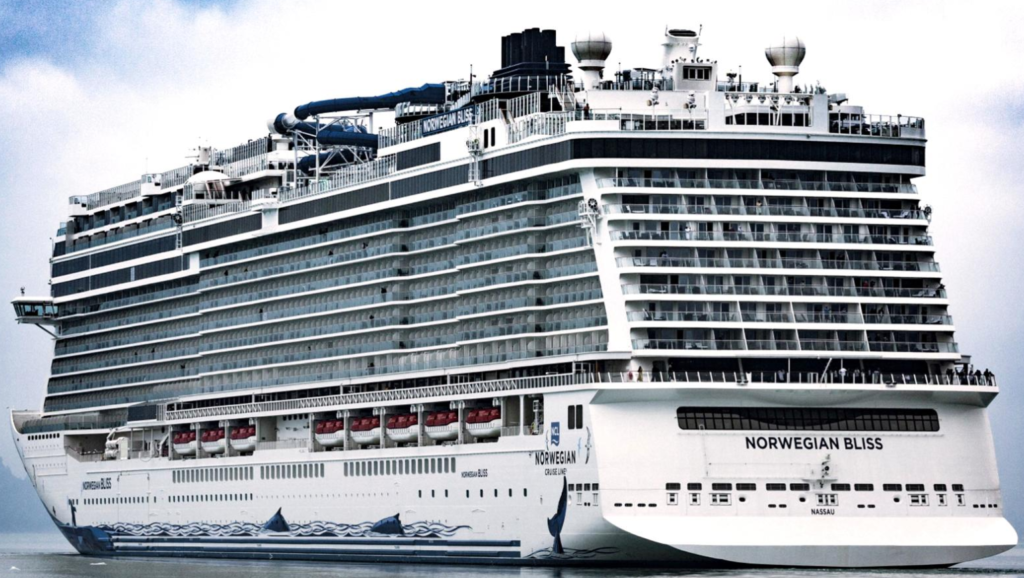
Category: Web Surf
Young investors pile into stocks, seeing ‘generational-buying moment’ instead of risk

The coronavirus market downturn spurred young people — in some cases, for the first time in their lives — to get started with investing.
A spike in new accounts at online brokers show that young and inexperienced investors saw the coronavirus downturn as an entry point into the world of investing and not a time to hunker down.
What happens if all Bitcoin miners start dumping bitcoin post halving?

In 2017, JPMorgan CEO Jamie Dimon called Bitcoin a ‘fraud’ and threatened to fire all employees who were trading it. Yesterday JPMorgan added two bitcoin exchanges – Coinbase and Gemini as their corporate banking customers. They would help these two exchanges to manage the cash in the US. It is good news for the crypto industry. Let’s come back to the title topic of the post. The third bitcoin halving happened on 11th May, 2020. I got calls from some of my friends. They wanted to understand the halving thing! No, one bitcoin didn’t become ½ bitcoin. Bitcoin block mining reward got reduced from 12.5 BTC to 6.25 BTC. This was the third bitcoin halving in the history and it took place at the block height of 630,000. The first halving happened on 29th November, 2012 and the second halving took place on 10th July, 2016. Generally halving schedule is 4 years. In every halving event, bitcoin’s inflation or supply rate gets reduced. After the latest halving, bitcoin’s inflation drops from the previous rate of 3.6% to 1.7%. Okay cool! 1.7% is quite low. Bitcoin’s inflation rate is almost comparable to gold’s inflation now. But what happens to the miners?
The Scale of the Universe
Microsoft Issues Windows 10 ‘Critical’ Update Warning

Windows 10 users, you have had a lot of bad updates to deal with recently, but Microsoft’s latest warning is for an update you need to install right now.
4,000 Android Apps Expose Millions Of Passwords, Phone Numbers And Messages

Acquired by Google in 2014, Firebase is a mobile platform that helps users to develop apps quickly and securely. Think of it as the app production platform of choice for vast numbers of developers, taking advantage of the cloud-hosted real-time database that enables easy storage and syncing of data between users. It makes cross-platform collaboration a breeze, brings serverless app development to the masses, and is strong on user-based security.
Zero rupee note

A zero-rupee note is a banknote imitation issued in India as a means of helping to fight systemic political corruption. The notes are “paid” in protest by angry citizens to government functionaries who solicit bribes in return for services which are supposed to be free. Zero rupee notes, which are made to resemble the regular 50 rupee banknote of India, are the creation of a non-governmental organization known as 5th Pillar which has, since their inception in 2007, distributed over 2.5 million notes as of August 2014. The notes remain in current use and thousands of notes are distributed every month.
Future Air Travel: Four-Hour Process, Self Check-In, Disinfection, Immunity Passes

Once airports and borders open again and people are able to fly freely — a process already in play as airports of all sizes around the world ready strategies to ensure healthy air travel — how much are you ready to change your flying habits?
Why A Private Equity Firm Backed By Bernard Arnault Is Putting $400 Million Into Norwegian Cruise Line

As shares of Norwegian Cruise Line continued to sink like the Titanic—down 80% from the end of 2019 to $12 per share by late April—Scott Dahnke and his team at L Catterton were quietly eyeing the wreckage. The partners at his Greenwich, Connecticut, private equity firm had already made a killing by taking a cruise ship-based beauty chain public and they were focused on high-end brands. After all, the “L” in their name comes from their financial backing by LVMH, the French luxury goods giant and they had already scored a string of successes from investments in the upscale home decorator Restoration Hardware, Lily’s Kitchen, a London-based organic dog food maker and Peloton, the Internet-connected stationary bicycle concern.
But this was new territory. Never before had they seen such a rapid reversal of fortune of a well-regarded brand. Dahnke decided the time was right to pounce, despite the fact that in a best-case scenario, Norwegian wouldn’t be expected to sail any of its fleet’s cruise ships for at least two months.
